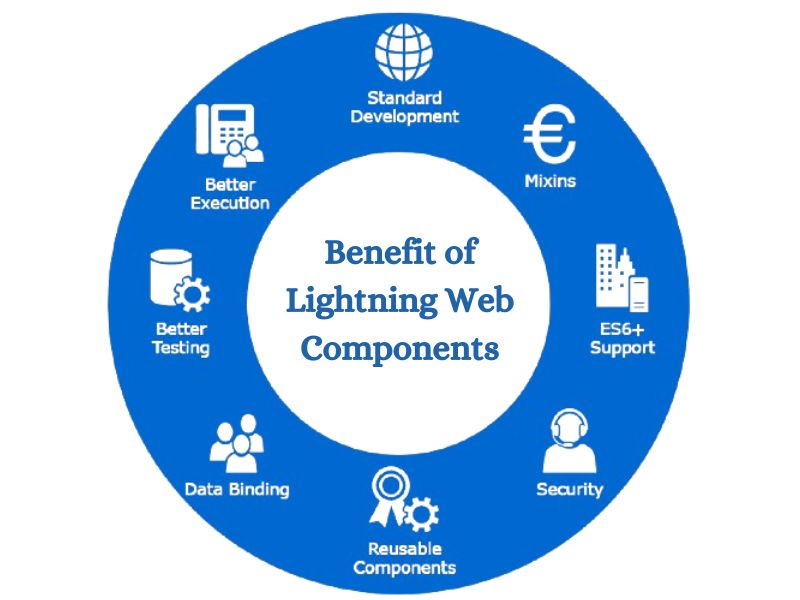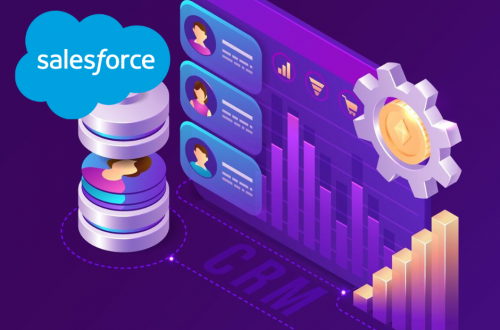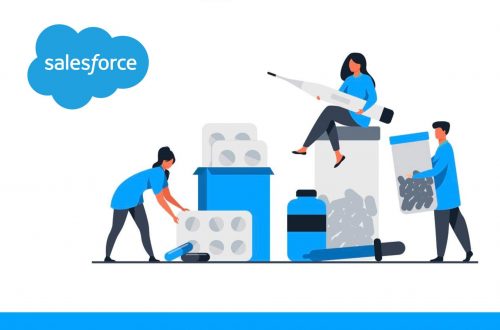
Salesforce Lightning Web Components (LWC): A Deep Dive
As Salesforce evolves, Lightning Web Components (LWC) have emerged as a game-changer for developers aiming to create modern, scalable applications. Many Salesforce app development company professionals are leveraging LWC, as it stands out among the best salesforce development services. If you’re looking to enhance your Salesforce development skills, here’s a quick overview of what LWC has to offer.
Building Custom Components with LWC
LWC leverages modern web standards like HTML, CSS, and JavaScript to create lightweight, reusable components. The framework simplifies the development process, offering the flexibility to build custom solutions tailored to your business needs.
Pro Tip: Focus on building modular components that are easy to maintain and extend. This way, you can maximize re-usability and reduce technical debt.
Optimizing LWC Performance
Performance matters—especially when dealing with complex, data-driven applications. Here are a few strategies to keep your LWC components fast and efficient:
- Lazy Loading: Load data and components only when needed.
- Lightning Data Service (LDS): Utilize LDS to minimize server calls and improve response times.
- Event Optimization: Use event delegation to reduce the number of listeners and streamline performance.
Quick Win: Optimize your use of the @track and @api decorators to control reactivity without causing unnecessary re-renders.
Integrating LWC with Other Salesforce Technologies
LWC isn’t just a standalone tool. It seamlessly integrates with the entire Salesforce ecosystem:
- Apex: Bring in server-side logic to handle complex business processes.
- Aura Components: Use LWC within existing Aura components for a smooth transition.
- Salesforce Flows: Create custom screen components for guided workflows.
Did You Know? You can even embed LWC components within Visual-force pages to extend legacy applications with modern functionality!
Best Practices for LWC Development
To ensure your LWC components are robust and future-proof, follow these best practices:
- Consistent Naming Conventions: Stick to a clear, standardized naming scheme.
- Modular Architecture: Break down large components into smaller, reusable pieces.
- Testing & Documentation: Leverage tools like Jest for testing, and always document your code for better collaboration.
Pro Tip: Keep your components lean and focused on single responsibilities. This leads to easier debugging and better performance.
Ready to take your Salesforce applications to the next level with LWC? Start leveraging the power of Lightning Web Components today and unlock new possibilities for your business.
If you’ve been working with LWC, share your experiences below! What tips or tricks have worked best for you?

A seasoned Consultant with extensive experience in the IT services and Salesforce industries. With a strong background in business development, relationship management, and strategic consulting, I have successfully delivered value-driven solutions to clients across various sectors. At CyberSWIFT Infotech Pvt Ltd, I specialize in cultivating long-term business partnerships by fostering trust, driving innovation, and identifying growth opportunities. My expertise includes Salesforce implementation, cloud solutions, and digital transformation initiatives, enabling businesses to optimize their operations and achieve scalable success. I am passionate about aligning technology with business goals to deliver measurable results and empower organizations to thrive in an evolving digital landscape.






